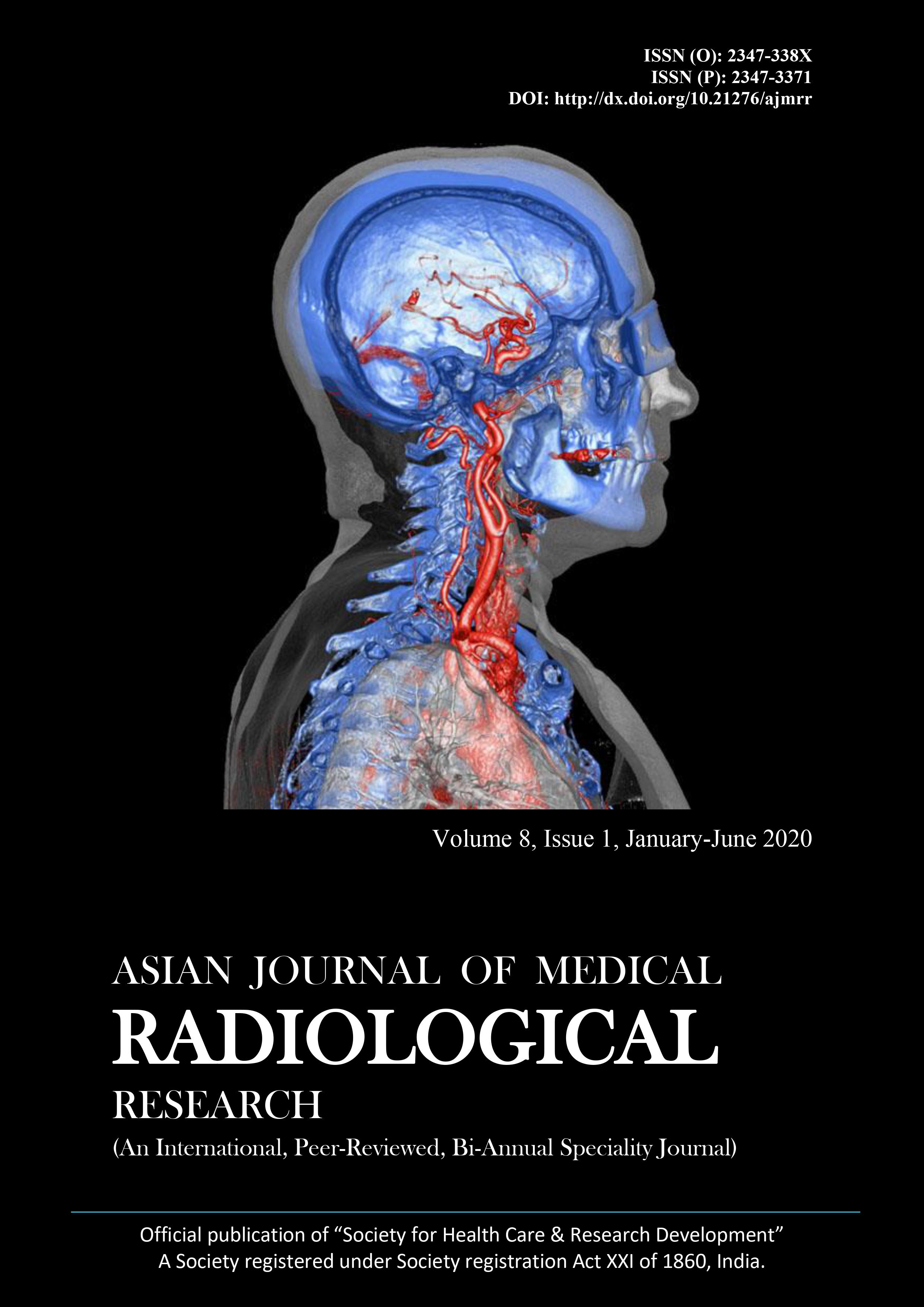Basics of Tunneled Dialysis Catheter Placement for Haemodialysis – Single Centre Experience
Basics of Tunneled Dialysis Catheter Placement for Haemodialysis
Abstract
/non tunneled dialysis catheters or through arteriovenous fistulas/grafts. The tunneled dialysis catheters act as bridge dialysis devices during maturation period of arteriovenous fistulas/grafts and also serve as the last option for end stage renal disease patients who have exhausted all the other dialysis accesses. The aim and objective is to review the basic key concepts of internal Jugular, External Jugular and Subclavian tunneled venous catheter placement, techniques utilized, complications encountered, issues of suboptimal functioning and their management. Subjects and Methods: This was a prospective observational study done in department of Radio diagnosis, Narayana medical college, Nellore. About 54 cases were performed in our institution from December 2018 to Mar 2020 (including three pediatric patients). The age range of these patients is 10 to 75 years. Results: Out of 54 cases, one case had failed, as the guide wire didnt pass across the brachiocephalic vein. Venogram revealed high grade stenosis of right brachiocephalic vein. There were major complications in two cases, minor complications in five cases with delayed complications in two cases. Conclusion: Tunneled catheters play a key role in serving as bridging devices during maturation of AVF/AVG or as the last option in chronic kidney disease patients in whom all other options have exhausted. Intervention radiologist should have good experience and an overall knowledge of the issues involved in placement of tunneled dialysis catheters, knowledge about the complications, technical issues of suboptimal functioning, for optimal catheter placement and also for improving catheter function.
Downloads
References
Clark E, Kappel J, MacRae J, Dipchand C, Hiremath S, Kiaii M, et al. Practical Aspects of Nontunneled and Tunneled Hemodialysis Catheters. Can J Kidney Health Dis. 2016;3:2054358116669128. Available from: https://dx.doi.org/10.1177/2054358116669128.
Copyright (c) 2020 Author

This work is licensed under a Creative Commons Attribution 4.0 International License.






